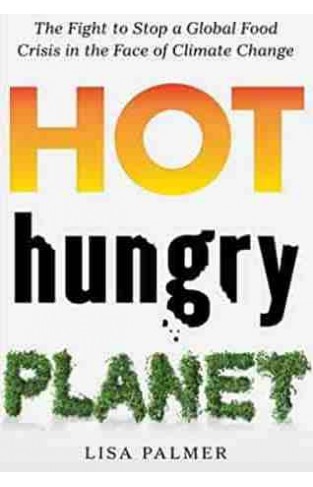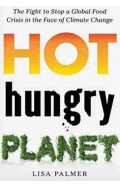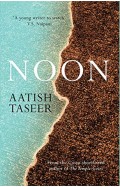Hot Hungry Planet
By: Lisa Sussman
-
Rs 1,647.25
- Rs 2,995.00
- 45%
You save Rs 1,347.75.
Due to constant currency fluctuation, prices are subject to change with or without notice.
| Book | |
| What's in the Box? | 1 x Hot Hungry Planet |
Zubin Mehta: A Musical Journey (An Authorized Biography)
By: VOID - Bakhtiar K. Dadabhoy
Rs 472.50 Rs 1,050.00 Ex Tax :Rs 472.50
Jawaharlal Nehru: Civilizing A Savage World
By: Nayantara Sahgal
Rs 580.00 Rs 725.00 Ex Tax :Rs 580.00
Ash in the Belly: India`s Unfinished Battle Against Hunger -
By: Harsh Mander
Rs 382.50 Rs 850.00 Ex Tax :Rs 382.50
Beyond Twilight Explore The World Of vampire
By: Manuela Dunn-Mascetti
Rs 276.00 Rs 345.00 Ex Tax :Rs 276.00
The Red Pyramid (The Kane Chronicles Book 1)
By: Rick Riordan
Rs 1,516.00 Rs 1,895.00 Ex Tax :Rs 1,516.00
Dr Sigmundus: The Cracked Mirror The Promises of Dr Sigmundus
By: Brian Keaney
Rs 1,361.75 Rs 2,095.00 Ex Tax :Rs 1,361.75
Jawaharlal Nehru: Civilizing A Savage World
By: Nayantara Sahgal
Rs 580.00 Rs 725.00 Ex Tax :Rs 580.00
Ash in the Belly: India`s Unfinished Battle Against Hunger -
By: Harsh Mander
Rs 382.50 Rs 850.00 Ex Tax :Rs 382.50
No recently viewed books available at the moment.
Zubin Mehta: A Musical Journey (An Authorized Biography)
By: VOID - Bakhtiar K. Dadabhoy
Rs 472.50 Rs 1,050.00 Ex Tax :Rs 472.50
Jawaharlal Nehru: Civilizing A Savage World
By: Nayantara Sahgal
Rs 580.00 Rs 725.00 Ex Tax :Rs 580.00
Ash in the Belly: India`s Unfinished Battle Against Hunger -
By: Harsh Mander
Rs 382.50 Rs 850.00 Ex Tax :Rs 382.50














-120x187.jpg?q6)











-Paperback-120x187.jpg?q6)




